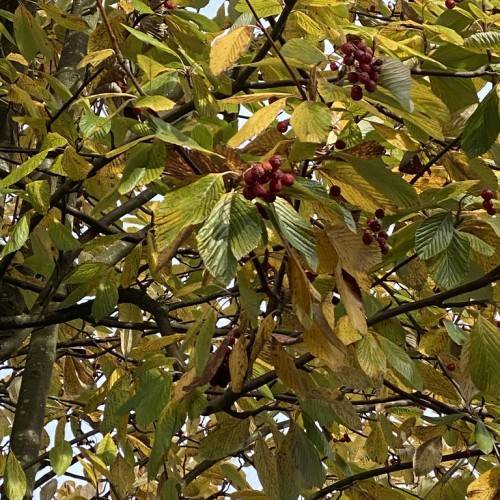
Japanese flowering cherry
Prunus serrulata
Cycle:
Perennial
Watering:
Average
Hardiness Zone:
5 - 8
Flowers:
Flowers In Spring
Sun:
Full sun,part shade
Leaf:
Yes
Growth Rate:
High
Maintenance:
Moderate
Drought Tolerant:
Yes
Invasive:
Yes
Care Level:
Medium
watering
Japanese flowering cherry (Prunus serrulata) should be watered thoroughly once a week during the growing season (spring and summer). Make sure to water right down to the roots, and avoid letting the water sit on top of the soil for long periods of time. During the winter months, when the plant is dormant, reduce watering to 1–2 times per month.
sunlight
Japanese flowering cherry trees need full sun - at least 6 hours of direct sunlight each day - to grow and flower optimally. They should be planted in a location that has ample access to these direct rays, such as in a bright, sunny area of the garden or yard. For those in more northern regions, they may also benefit from a south-facing location. In cooler regions, late afternoon and early evening sun in the fall will help the tree bear more fruit than in an east or west-facing area, which may not provide as much light in the evening.
pruning
Pruning Japanese flowering cherry is best done after flowering, once a year. Only light pruning is necessary to keep the tree healthy and stunning. If limbs need to be removed due to a storm or disease, or if the size needs to be adjusted, pruning can be done at any time of year. Additionally, dead wood should be removed when noticed. For shaping and light thinning, it is best to wait until the end of flowering and prune the plant back to a bud. This should be done in late summer, after the plant has set its flower buds for the next season. The limits of this type of prune include thinning out excessively dense or vigorous branches, and minor shaping. It is essential that only 1-third of the flowering volume is removed every year to avoid causing shock.
